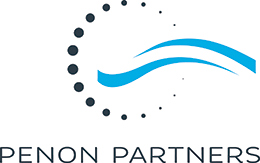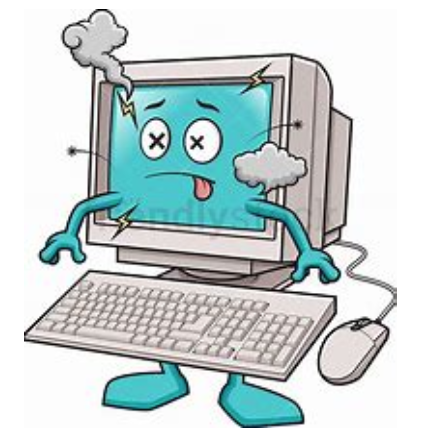I have worked with several executives who like to continue using their IT assets beyond their financial lives. This is typically called “sweating” the assets. These leaders believe that once the depreciation hits $0, the asset is nearly free. This is because they are too focused on capital spending, depreciation, and amortization costs rather than the total cost of an IT asset. As food for thought, the IT department can keep a Sun Microsystems computer running even though Sun has not existed since 2010, but at what cost?
Here are areas that will be impacted by using an IT asset after it is fully depreciated:
- Maintenance and Repair Costs
-
- Increased Downtime: On average, these assets fail more frequently and take more labor to run and maintain. Check your Incident, Problem, and Change tickets for these assets and compare them to your newer assets and you will see what I am referring to.
-
- Higher Maintenance Costs: The manufacturers of these assets do not want you running them, so they will increase the maintenance charges to convince you to stop using them. Eventually, they will halt all support of them to force you to stop using them or drive you to 3rd party maintenance companies.
- Higher Maintenance Costs: The manufacturers of these assets do not want you running them, so they will increase the maintenance charges to convince you to stop using them. Eventually, they will halt all support of them to force you to stop using them or drive you to 3rd party maintenance companies.
- Efficiency and Productivity
-
- Slower Performance: Outdated hardware and software can slow down business processes, reducing overall productivity. Employees trying to run the newest software on the oldest computers will spend less time working and more time waiting for the computer to catch up to them.
-
- Less Green: Older computers running in your data center(s) take up more space (Rack Units) and require more cooling (HVAC). Both will drive up your data center costs.
-
- Incompatibility: The older systems may not be compatible with newer software or technologies, limiting your ability to innovate and adapt to market changes.
- Security Risks
-
- Vulnerabilities: The manufacturers of these older IT assets will eventually stop issuing security updates. This will result in assets being more vulnerable to cyber-attacks and data breaches.
-
- Compliance Issues: Using outdated technology can result in non-compliance with industry standards and regulations, potentially leading to fines, legal issues, and lost customers.
- Opportunity Costs
-
- Lost Competitive Edge: Investing in newer technologies can provide a competitive advantage. Sticking with fully depreciated assets may mean missing out on new opportunities. For instance, if your software competition is utilizing Kubernetes Microservices and you are still using Cobol CICS, who do you believe will be more agile and capable of meeting customer needs?
-
- Innovation Stagnation: Lack of investment in new IT capabilities can stifle innovation, hinder business growth, and impact employee retention. Older technologies cannot always meet the needs of the marketplace, or provide the agility needed to do it in a timely manner. Employees want and need to improve their skill sets. Older technologies will not be able to address this need, which will force many to move to other more innovative companies.
- Accounting and Financial Reporting
-
- Misleading Financial Statements: Fully depreciated assets might still be in use, leading to inaccurate financial statements that do not reflect the true value and performance of your assets.
-
- Hidden Costs: The continued use of fully depreciated assets might mask the true cost of operations, leading to less informed financial decisions.
How do you minimize these impacts? My suggestion is to maintain a multi-year IT roadmap that encompasses all your IT assets:
-
- Plan for regular upgrades and replacements to avoid sudden large expenditures and to ensure continuous operational efficiency.
-
- Allocate a portion of the budget for IT upgrades and maintenance to spread out costs over time.
-
- Consider leasing IT equipment instead of purchasing to avoid large upfront costs and to stay current with technology.
-
- Evaluate moving to the cloud or SaaS solutions. This will put more of the burden of maintaining and upgrading on a vendor, which could allow you more time to focus on the value-added activities that your company and customers need.
I am happy to share my experience on this issue and how to address it. Are you in a company that you feel is sweating its assets? Let’s chat…feel free to schedule time with me. I’m always happy to talk. Calendly – Andy Smith

